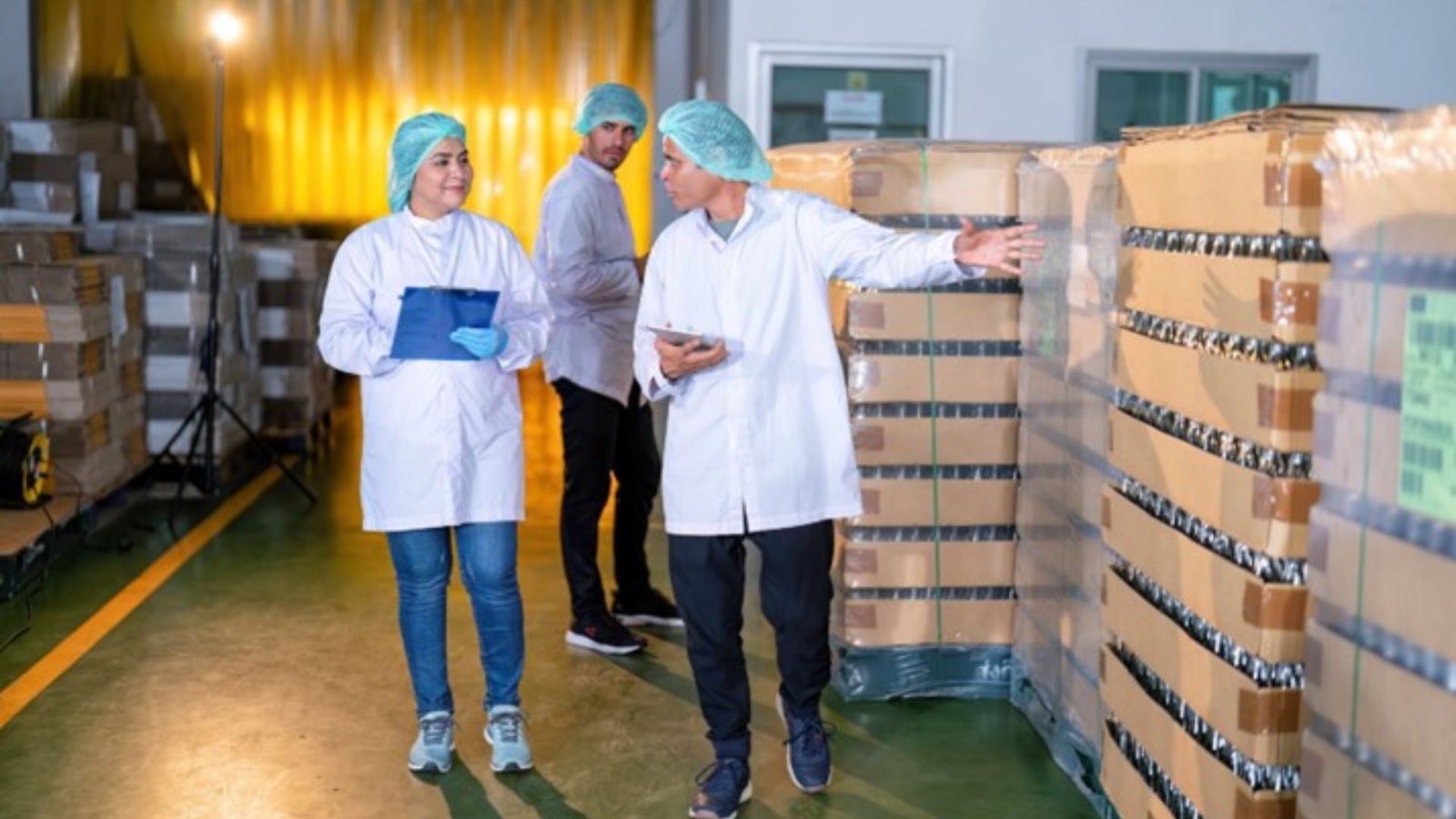Termite inspections in commercial properties are crucial for maintaining a safe and healthy environment. Termites can cause significant damage to buildings, leading to expensive repairs and safety hazards. In this article, we’ll outline essential practices for conducting effective termite inspections in commercial settings.
Understand the Importance of Regular Inspections
The first step in termite inspections in commercial properties is recognizing their importance. Regular inspections help catch termite activity early, reducing the potential for extensive damage. Many commercial buildings have wooden structures, which are attractive to termites. By conducting routine inspections, property managers can protect their investments and ensure the safety of occupants.

Identify Common Signs of Infestation
During termite inspections in commercial properties, it’s essential to know the common signs of infestation. Look for mud tubes, which are small tunnels made of soil and debris. These tubes help termites travel from their colony to their food source. Additionally, check for discarded wings, as termites shed their wings after swarming. You might also find frass, which looks like small wood-colored pellets. Recognizing these signs can help you identify a problem before it escalates.
Conduct a Comprehensive Inspection
A thorough inspection is vital for effective termite inspections in commercial properties. Start by examining both the interior and exterior of the building. Pay special attention to areas with wood-to-soil contact, such as foundations, door frames, and window sills. Inspect crawl spaces, attics, and basements, as these areas are often neglected. Look for signs of moisture, as termites are attracted to damp environments. By being meticulous, you can uncover hidden infestations.
Utilize Technology and Tools
Incorporating technology into termite inspections in commercial properties can enhance accuracy. Consider using thermal imaging cameras to detect temperature differences that indicate termite activity. These cameras can help identify areas where termites may be hiding within walls or ceilings. Additionally, moisture meters can measure the moisture levels in wood, which can signal potential termite infestations. By utilizing these tools, you can conduct more efficient inspections.
Schedule Seasonal Inspections
To ensure the effectiveness of termite inspections in commercial properties, schedule them seasonally. Termite activity often peaks during warmer months, so regular inspections in spring and summer are crucial. However, don’t neglect inspections during fall and winter. Some termite species remain active year-round, so it’s essential to monitor the property continuously. A proactive approach can help prevent infestations before they become significant problems.
Document Inspection Findings
Another essential practice in termite inspections in commercial properties is documenting your findings. Keep detailed records of each inspection, noting any signs of termite activity or damage. This documentation will be valuable for tracking trends over time. If termites are discovered, detailed records can help pest control professionals determine the best treatment options. Clear documentation also assists in maintaining compliance with local regulations.
Educate Staff and Occupants
Educating staff and building occupants about termite awareness is vital. Encourage everyone to report any signs of termites they may notice. Create informational materials that explain the signs of infestation and the importance of reporting them. By fostering a culture of vigilance, you can catch potential infestations early. This proactive approach complements the formal inspections conducted by professionals.
Work with Pest Control Professionals
Partnering with experienced pest control professionals is an essential aspect of termite inspections in commercial properties. These experts have the knowledge and tools to identify infestations accurately and recommend effective treatments. Establish a relationship with a reputable pest control company that understands the specific needs of commercial properties. Regular consultations can help ensure your inspections are thorough and your treatments are effective.
Consider Environmental Factors
When conducting termite inspections in commercial properties, consider environmental factors that may attract termites. High humidity, leaky roofs, and poor drainage can create ideal conditions for termite infestations. Evaluate the property’s landscaping, as overhanging branches and wood piles can provide easy access for termites. Addressing these environmental issues can significantly reduce the risk of infestation and support the effectiveness of your inspections.
Stay Informed About Termite Behavior
Lastly, staying informed about termite behavior and species is crucial for effective inspections. Different termite species have different habits and preferences. For instance, drywood termites typically infest wood, while subterranean termites build their nests in the soil. Understanding these behaviors can help you tailor your inspection practices to better suit the specific risks associated with your property.
Conclusion
In conclusion, termite inspections in commercial properties are vital for protecting buildings and ensuring the safety of occupants. By understanding the importance of regular inspections, recognizing signs of infestation, and employing best practices, property managers can effectively manage termite risks. Utilizing technology, documenting findings, and working with pest control professionals further enhance inspection efforts. Remember, a proactive approach is key to preventing costly damages from termites.




